Reviews
Fuji X100s Camera Review
The popular Fuji X100 has now been replaced with the Fuji X100s. With over 69 new or improved features including faster AF, a new 16MP sensor, and improved low light performance, we take this camera for a spin to see the results from this awesome camera.
Review
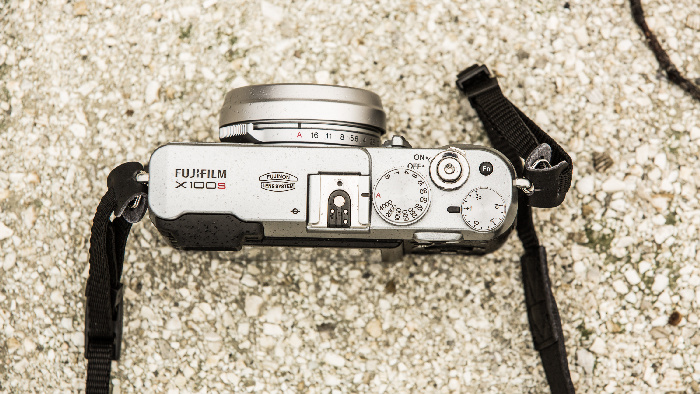 The Fuji X100s replaces the extremely popular Fujifilm X100. Well, what’s new? According to Fuji, 69 items have been changed or upgraded on the camera making an already great camera even better. The Fuji X100s has a new 16MP APS-C Sensor in a nice compact design that brings with it the quality of a great DSLR with you on the go. While the Fuji X20’s smaller sensor left me still wishing I had my 5D3, the Fuji X100s’s larger sensor and improved quality made me happy to leave the larger cameras at home. On the outside, very little has changed and you will likely not notice the differences between the two. But on the inside, many items are new.
The Fuji X100s replaces the extremely popular Fujifilm X100. Well, what’s new? According to Fuji, 69 items have been changed or upgraded on the camera making an already great camera even better. The Fuji X100s has a new 16MP APS-C Sensor in a nice compact design that brings with it the quality of a great DSLR with you on the go. While the Fuji X20’s smaller sensor left me still wishing I had my 5D3, the Fuji X100s’s larger sensor and improved quality made me happy to leave the larger cameras at home. On the outside, very little has changed and you will likely not notice the differences between the two. But on the inside, many items are new.
Hardware
The Fuji X100s is fairly small, smaller than the X20, but still not small enough to fit in a pocket. It is noticeably heavier than the Fuji X20 as well but is still light enough for enjoyable portability. The X100s feels great in the hand although I do wish the black plastic was a softer, grippier material instead of the hard textured plastic. I absolutely love the look and the X100s is a great attention getter amount the crowds of plain and simple cameras. Controls are solid and take a decent amount of force to move which can be annoying but will prevent accidental movement. The aperture control next to the lens can also be tough to get your hand around, however, having these controls on the outside of the camera made changing settings a joy. While the look of the X100s is similar to the X20, many of the dials are quite different and the X100s will take some getting used to. However, after getting acquainted, I love the X100s controls. The shutter controls are in full stop increments making it difficult to get an accurate exposure while using them. But a quick rotate to auto mode was a quick and easy method to have the camera do the work for you. A programmable function button easily fixed the missing ISO button and the new Q button gives quick access to all commonly used controls. Literally every manual option I can think of is readily available, even on this small camera.
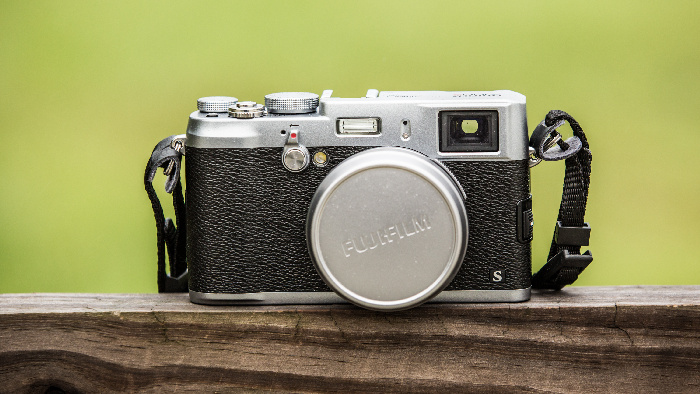
Lens & Image Quality
The lens on the Fuji X100s is a fixed 23mm lens (35mm equivalent focal length) at a fairly wide f/2 aperture. Let’s stop here for a moment as well because this is by far the most (and really only) limiting part of this camera. If you are not OK with this, you will struggle with the X100s. 35mm is a great focal length and I do prefer it to the wider 28mm equivalent in the Nikon Coolpix A. However, not everything can or should be shot at 35mm and I found myself often wishing for a bit longer lens. A fixed 35mm camera is not a one size fits all system and $1300 may be too expensive for a camera without this flexibility. Of course, many of us are guilty of spending $1,000 or more on a single prime lens so maybe cost is relative. Once you get past that, everything about this camera is amazing.
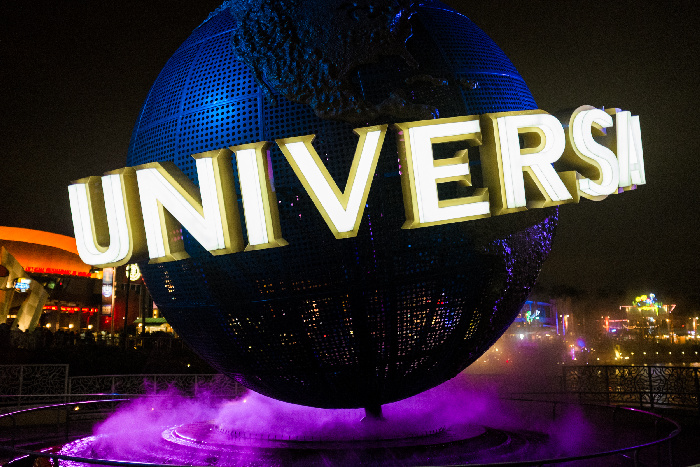 The new 16MP Xtrans APS-C sensor, up from 12MP, has no optical low pass filter which led to extremely sharp results. This sensor is about the same size as the Nikon D7100 for example which meant great overall quality. Sharpness was amazing, even when shooting at f/2 and low light results were simply astounding. My main camera is a 5D mark III and something about the Fuji X100s just makes the grain in your images not even noticeable. I had no problems shooting the Fuji X100s at 6400 ISO with amazing results, and I am not talking about overly processed jpegs, I am talking about RAW files with no noise reduction. The original unprocessed raw files have been posted below for you to download because the results were simply stunning. My 6400 ISO shots looked like 1600 ISO on most cameras and I was comfortable shooting many of my images as high as 3200 with almost no issues and noise reduction at all. And even 6400 ISO was not just usable, it was great. Dynamic range was also very good with plenty of shadow information available. I was however able to see banding when the shadows were heavily boosted very similar to what I see with the Canon DSLRs. Auto Exposure bracketing up to 3 images is also available as is double exposure, panoramic modes and high speed shooting at 3 or 6fps.
The new 16MP Xtrans APS-C sensor, up from 12MP, has no optical low pass filter which led to extremely sharp results. This sensor is about the same size as the Nikon D7100 for example which meant great overall quality. Sharpness was amazing, even when shooting at f/2 and low light results were simply astounding. My main camera is a 5D mark III and something about the Fuji X100s just makes the grain in your images not even noticeable. I had no problems shooting the Fuji X100s at 6400 ISO with amazing results, and I am not talking about overly processed jpegs, I am talking about RAW files with no noise reduction. The original unprocessed raw files have been posted below for you to download because the results were simply stunning. My 6400 ISO shots looked like 1600 ISO on most cameras and I was comfortable shooting many of my images as high as 3200 with almost no issues and noise reduction at all. And even 6400 ISO was not just usable, it was great. Dynamic range was also very good with plenty of shadow information available. I was however able to see banding when the shadows were heavily boosted very similar to what I see with the Canon DSLRs. Auto Exposure bracketing up to 3 images is also available as is double exposure, panoramic modes and high speed shooting at 3 or 6fps.
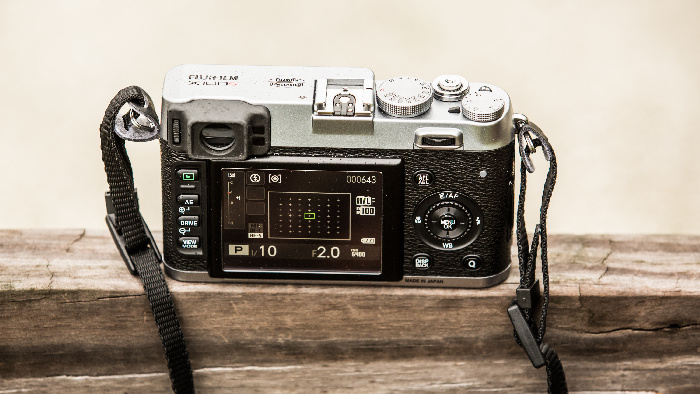
Autofocus System & Viewfinder
Although the X100s autofocus worked extremely well with tons of points, resizable focus areas, easy to select controls, and fast to focus response times, there is a little disclaimer if you want to shoot moving targets. Continuous AF is very limited and also shooting at a high frame rate will disable focus after the first shot making it obvious that this camera is not made for shooting high speed movement. However, it will follow slower moving subjects and focus with single focus was extremely accurate and quick. Another awesome feature of this camera that helped with the focusing is the optical/electronic viewfinder. Just a simple switch converts the viewfinder from optical to electronic in less than a second. This feature is great for many reasons. An optical viewfinder, though extremely welcome, presents us with an off access view of our subject making it difficult to accurately frame and focus. Switching it to electronic mode allowed us to see our focus points exactly as they should be and to also see a 100% frame for great composition. Essentially this provides us with 3 ways of viewing subjects, on the screen, optically in the viewfinder, and electrically in the viewfinder. I wish every camera gave me these options.
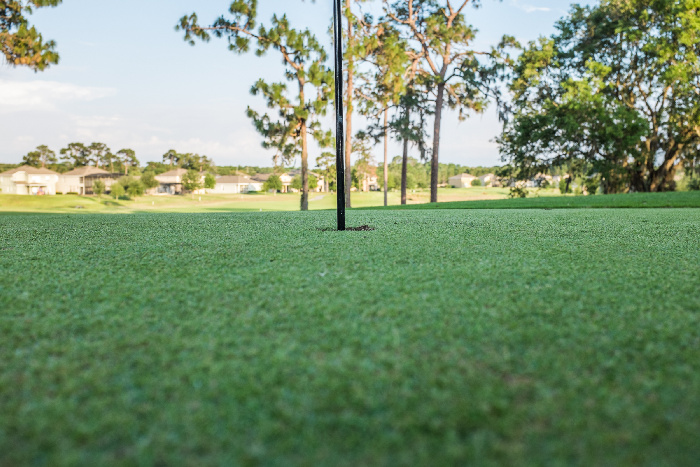 The movie mode is also a bit improved but still lacking in some areas. While it does give you more control than the Fuji X20 by allowing manual aperture adjustments and exposure compensation, the shutter speed and ISO are determined automatically by the camera with very little extra controls other than the exposure comp dial. The camera is also full of features such as film like filters, panoramic modes, double exposure, and other features that are nice to play around with.
The movie mode is also a bit improved but still lacking in some areas. While it does give you more control than the Fuji X20 by allowing manual aperture adjustments and exposure compensation, the shutter speed and ISO are determined automatically by the camera with very little extra controls other than the exposure comp dial. The camera is also full of features such as film like filters, panoramic modes, double exposure, and other features that are nice to play around with.
Overall, the Fuji X100s is one of the most amazing cameras I have ever used. The image quality is astounding and I just cannot get over how little grain is in my 6400 ISO shots. The controls of this camera are well thought and work so well allowing for very quick adjustments and great control. Unfortunately, I kept coming back to the lens. Where a 35mm focal length works, I absolutely loved the Fuji X100s. But for all shots that would have been better served or required a longer focal length, I found myself wishing for another camera. If you find that most of your shooting will be satisfied by a 35mm focal length, you will love this camera. Or, if your budget allows for a $1300 camera that will only see occasional use, buy it now. The Fuji X100s is well worth the money in so many ways and considering a great 35mm lens alone for a DSLR can cost you $1300, in some ways the Fuji is a relative steal for the quality it delivers.
Full resolution images in JPEG and RAW available for download: Dropbox
Available at: Amazon.com | Adorama










